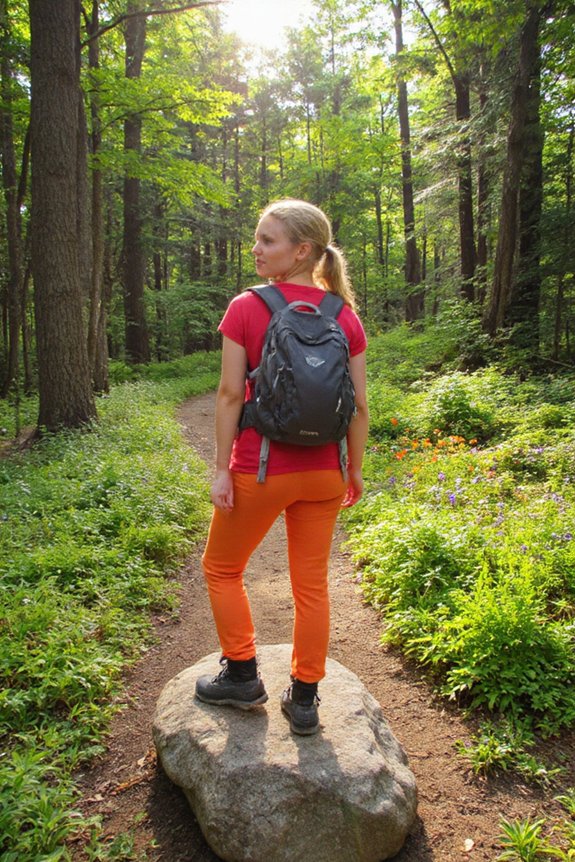As you lace up your boots and prepare for an adventure in the winter wilderness, it’s vital to be well-equipped and informed. Your winter pack will likely weigh more than in summer, so make sure to include insulated layers, gloves, a warm hat, and possibly crampons for icy terrain. A smart layering system is your best friend.
Prepare for your winter adventure by packing insulated layers, gloves, and a smart layering system for success in the chilly wilderness.
Start with a moisture-wicking base layer to keep sweat at bay, add an insulating mid-layer like fleece or down, and finish with a weather-resistant outer shell. Remember, all outer layers should be waterproof and windproof to shield you from harsh elements. Investing in proper layers enhances your enjoyment and willingness to hike in cold conditions.
Don’t forget the necessities! A neck gaiter or balaclava will protect your face, while insulated gloves keep your fingers warm without sacrificing dexterity. Invest in waterproof boots and thick wool socks, and pack sunglasses and sunscreen to guard against glare and UV rays. Cotton is a no-go; it absorbs sweat, leading to discomfort and potential hypothermia.
Before you set off, check the weather and avalanche forecasts to plan your route safely. Pack navigation tools like a map, compass, or GPS device, especially since visibility can drop suddenly. Navigation becomes challenging with snow-covered trails, so it’s crucial to familiarize yourself with navigation tools before your hike.
Always share your hiking plan with someone, including your route and expected return time, so someone knows where to look if you don’t come back. Stick to established trails, especially if you’re less experienced or hiking solo. Familiarity breeds confidence and safety.
During your hike, adjust your layers frequently to regulate body temperature and avoid sweating. The cold can be deceptive, masking your thirst, so drink water regularly. Carry extra snacks, too—cold weather burns calories faster, so high-energy, easy-to-eat foods are a must.
Start your day early; daylight is limited, and you’ll want to finish before dark. If you’re hiking solo, choose trails that match your skill level and fitness. Stick to popular, well-maintained routes to increase your chances of assistance if needed.
Always carry emergency supplies, including extra food, water, a first aid kit, and basic repair tools. With the right gear and preparation, you can embrace the winter landscape and enjoy the serene beauty it offers.









